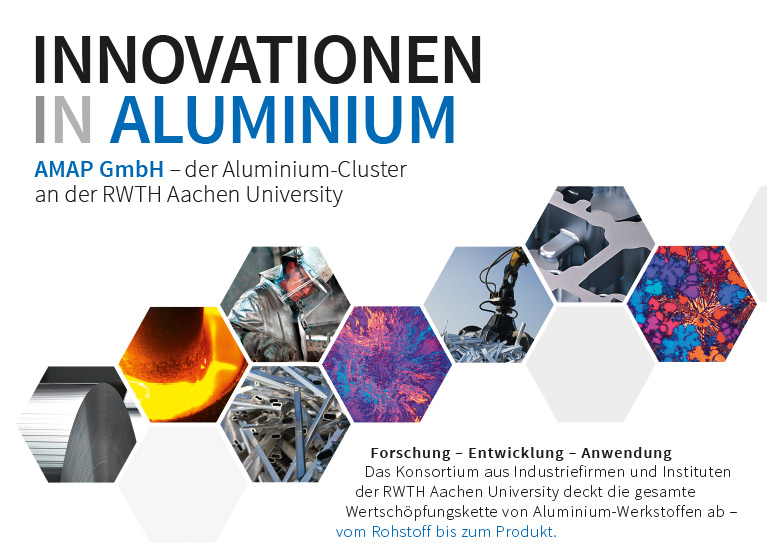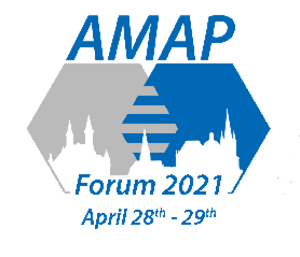IV.3 - The new HDF technology -New chapter of sheet metal forming has been opened
Peter Amborn
HoDforming GmbH
Summary
Peter Amborn from HoDforming presented a new development in aluminum hot-forming technology in his lecture, "The new HDF technology: A new chapter of sheet metal forming has been opened." HoDforming focuses specifically on high-temperature forming of metals such as high-strength aluminum (6070, 7050, 7075, among others), magnesium, or steel (22MnB5, among others). The forming process is carried out in a single step for small series or alternatively in a press line for efficient mass production using multiple sequential tools. According to Amborn, the mass-production-compatible HDF technology consistently utilizes the generally optimal forming parameters, such as the most suitable hot forming temperature—for example, the solution annealing temperature for high-strength aluminum alloys or the austenitization temperature for steel.
In the aluminum sector, the HDF process allows for the shaping of tubes and sheets made from high-strength aluminum alloys. Forming the sheet within the uniform elongation range enables the material to flow with a high degree of forming capability, as well as the shaping of small radii or sharp edges. In his presentation, Amborn discussed hot-forming processes and the associated material behavior during high-temperature forming, including solution annealing and hardening of high-strength alloys. Some of these processes can be executed very efficiently within a short time frame of about 20 seconds for tubes and 5 to 10 seconds for sheet deep drawing, making them suitable for mass production, as Amborn emphasizes. These requirements are achieved by using temperatures of over 450°C for the aluminum sheet material, as well as maintaining a consistently high temperature of the forming tool. The achieved high forming ratio results in thinning of the sheet without additional material flow in the tool and without breakage. For higher forming degrees, additional material flow is also actively used in the die during sheet forming. Another important aspect for successful forming, according to Amborn, is minimizing friction in the die. The lowest friction state can be achieved through "frictionless" gas forming, which allows for high local deformation and a good surface finish.
For company founder Amborn, the HDF (Hot-Die-Forming) technology is the perfect solution when a product cannot be formed in the specified material, requires high forming degrees and sharp edges, needs variable wall thickness distributions or a distinctive surface, and whenever the forming process involves an annealing step and production costs need to be reduced.
Conclusion
With this, metal processors are provided with a technology that is set to shape the future. The strengths of HDF technology lie in its ability to form any metal product—even those that are not formable in cold conditions. Hollow bodies or "sheet" products can be formed from any raw material state. In summary, the process offers the following advantages:
- Low forming forces, 10 times lower compared to cold forming
- Low CO2 emissions—since no preheating and lower forming forces are required
- Economical & process-safe—affordable tools, short cycle times, no waste
- Cost-effective production for both small and large series
- Thin and thick sheets—complex geometries, small radii, or sharp edges
- Wrinkle-free forming—due to the option of gas pressure calibration
- Reduction of forming parts (e.g., adjacent parts - connections) - integration
- Possibility to produce "Tailored Blanks" in situ (replacement of RTB & WTB)
- Complex components—with special wall thickness distribution and tight tolerances


